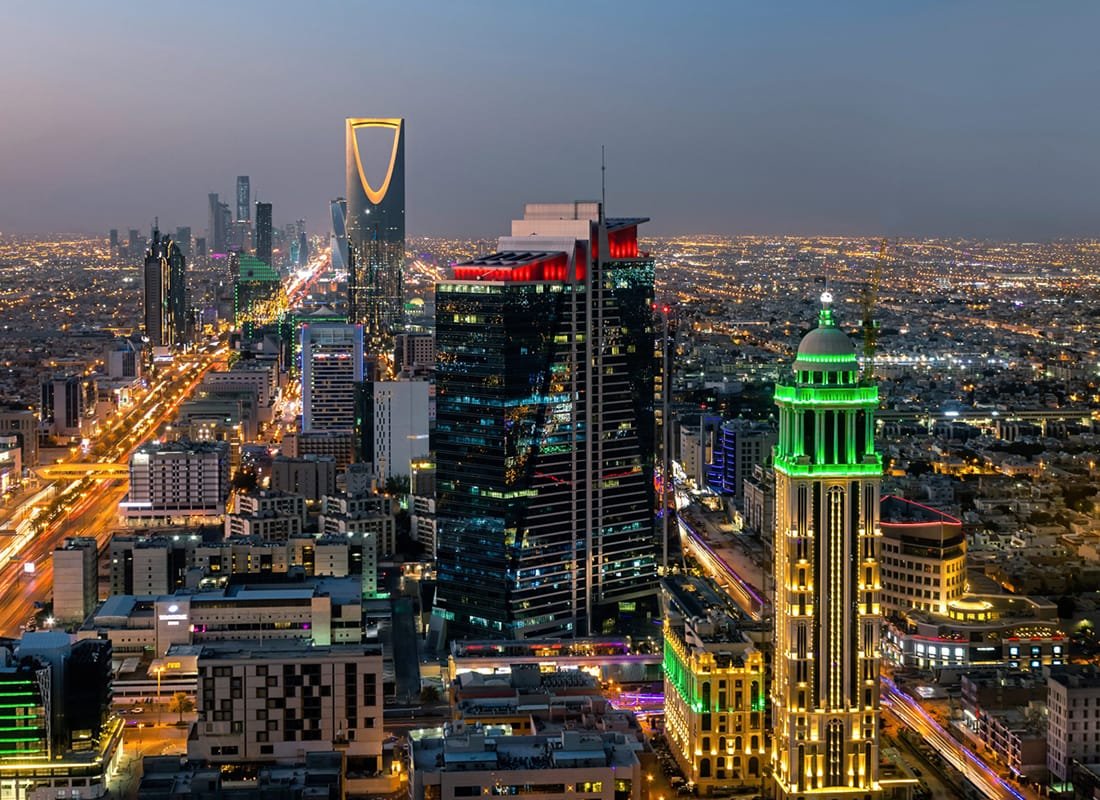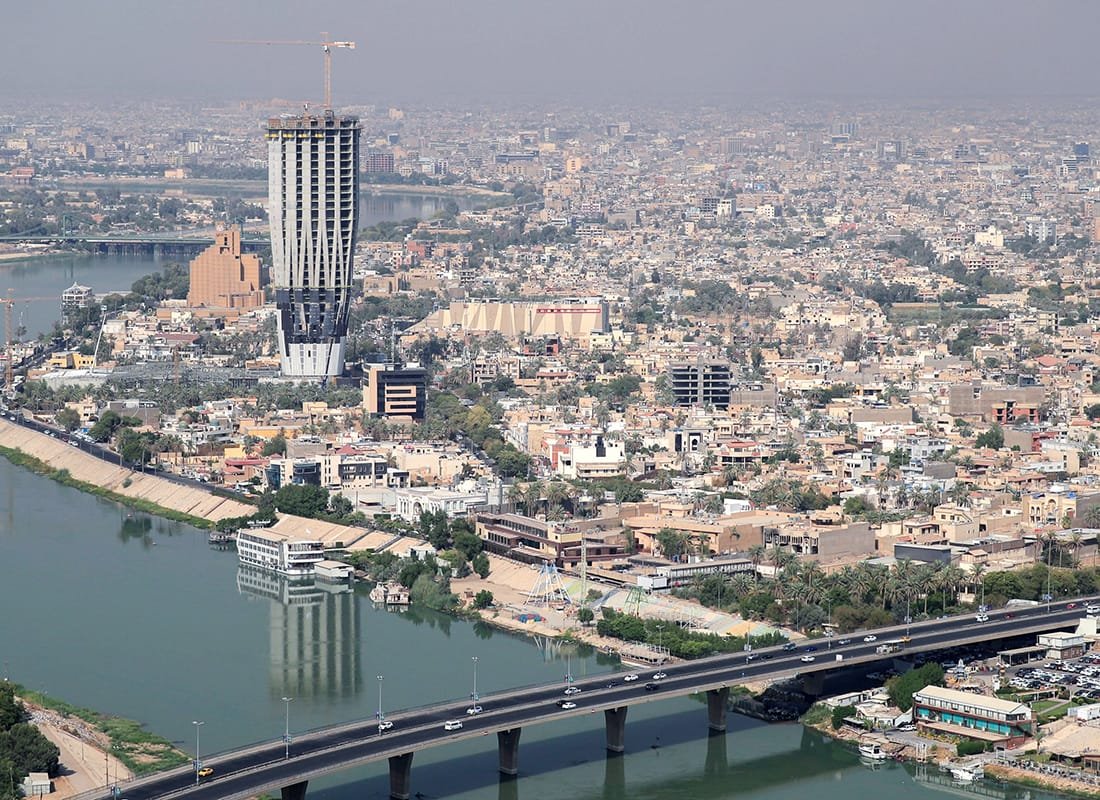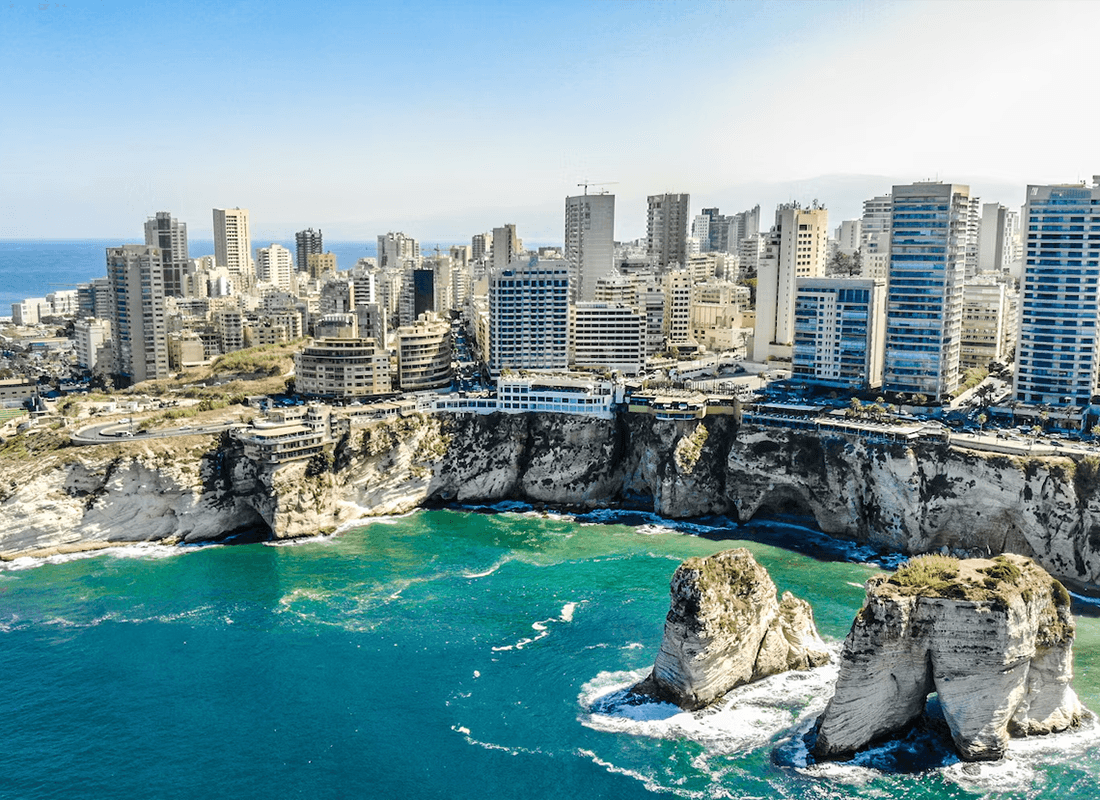Riyadh, the capital of Saudi Arabia, is a vibrant metropolis where centuries-old traditions intersect with rapid modernization. Spanning its historic districts to its contemporary financial hubs, the city reveals layers of cultural, economic, and architectural significance. Whether you’re strolling through atmospheric souks or gazing at sparkling skyscrapers, Riyadh offers a glimpse into how the old and the new can coexist in one place.
Throughout this article, we’ll explore key moments in Riyadh’s history, the evolution of its central districts, and the modern landmarks that define its skyline. Because MDN (Mudon) appreciates the city’s cultural importance, it has developed selective 3D models of certain notable areas, celebrating Riyadh’s heritage and progress in an artistic form. These pieces, though limited in scope, capture the essence of specific sites, turning them into unique décor or conversation starters.
Tracing Riyadh’s Historical Roots
Riyadh’s story stretches back to the 18th century, when it emerged as a regional power center within the Arabian Peninsula. The name “Riyadh” comes from the Arabic “rawḍah,” signifying gardens—a testament to the region’s once-fertile land and the availability of water. This advantage drew traders and settlers, eventually giving Riyadh strategic importance in commerce and governance.
Among its most celebrated historical landmarks is the Masmak Fort, a mudbrick fortress at the heart of old Riyadh. This iconic site has witnessed pivotal chapters in Saudi Arabia’s unification, serving as both a stronghold and a symbol of resilience. Even today, the fort’s carefully preserved walls and courtyards draw visitors keen on discovering the origins of modern Saudi Arabia. In recognition of such cultural treasures, MDN occasionally crafts miniature models of historically significant spots, providing collectors and enthusiasts a tangible connection to Riyadh’s past.
The Heart of a Growing Metropolis
Over time, Riyadh transformed into a booming capital, propelled by the country’s expanding oil economy and forward-looking governmental policies. The city center, often referred to as “downtown” or simply “central Riyadh,” has grown to house corporate headquarters, high-end shopping malls, and public institutions. Yet, this core isn’t just about business; it is also a place where people gather to share ideas, celebrate cultural events, and enjoy the city’s diverse culinary scene.
The striking contrast between traditional markets, like Al-Zal Souq, and ultramodern commercial complexes, highlights the duality that defines Riyadh. Strolling through these neighborhoods offers a multifaceted experience: one moment, you’re exploring artisan crafts in a centuries-old bazaar; the next, you’re gazing at high-rises that reflect the city’s global ambitions. In some cases, MDN has selected certain modern spots in Riyadh for 3D modeling, but only when they resonate with the city’s broader narrative of heritage meeting innovation.
Modern Marvels and Architectural Innovation
In the last few decades, Riyadh’s skyline has risen to new heights. Towers like the Kingdom Centre and Al Faisaliah Tower have become urban icons, symbolizing the city’s push towards modernization. Meanwhile, projects such as the King Abdullah Financial District (KAFD) exemplify cutting-edge design and technology, turning Riyadh into one of the Middle East’s foremost hubs for business and innovation.
What makes Riyadh’s modern architecture particularly intriguing is its interplay with local culture. Many buildings incorporate elements of traditional Arabian design, ensuring that progress does not mean abandoning heritage. From mashrabiya-inspired facades to eco-friendly public spaces, the city continuously evolves while honoring its roots. MDN keeps a watchful eye on these architectural trends, and when a site proves especially noteworthy, it may produce a 3D representation of a chosen area—focusing on distinctive aesthetics and cultural relevance.
Cultural Life at the Center of It All
Riyadh is more than a political or economic center; it’s a cultural capital in its own right. Various festivals, museums, and art galleries enrich the city center, creating opportunities for residents and visitors to engage with local and international creative expressions. The National Museum of Saudi Arabia, for instance, stands near the historic Murabba Palace and offers comprehensive exhibits on the kingdom’s history, archaeology, and cultural heritage. This interplay between the past and the present helps visitors appreciate the full breadth of Riyadh’s identity.
In many ways, the city’s cultural vitality complements its urban growth. Neighborhoods like the Diplomatic Quarter—designed with lush green landscapes and walkable avenues—showcase Riyadh’s commitment to a balanced lifestyle. By focusing on certain pockets of the city rather than the entirety, MDN ensures that each 3D model remains true to the local charm and cultural context of that particular district.
The Significance of Partial 3D Models
A Riyadh city model does not need to depict every street to be meaningful. Sometimes, a smaller, more detailed representation of a historic fort, a modern architectural masterpiece, or a bustling commercial area can reveal the soul of the city more effectively than a large-scale map. These selective models are easier to display, more cost-effective to produce, and offer a closer look at what truly makes Riyadh unique.
Such representations can also serve educational purposes. Students learning about Saudi Arabian history may benefit from a scaled-down version of a historic landmark, while architects can analyze the structure of new developments in miniature form. For MDN, capturing Riyadh in segments preserves the authenticity of each site and fosters a deeper connection between people and the places that matter most to them.
Merging Past, Present, and Future
Every great city stands on the shoulders of its heritage while reaching for tomorrow’s possibilities. In Riyadh, we see that balance play out daily—from preserving mudbrick structures in the old city to welcoming ambitious projects that set global benchmarks. By understanding how each district contributes to the city’s narrative, one gains a holistic view of Riyadh’s ongoing journey.
While MDN acknowledges this grand tapestry, its mission remains focused: to highlight individual spots or landmarks with artistic 3D models. In doing so, it pays homage to the city’s layered identity—one that continues to evolve without losing sight of its roots.
Conclusion: Celebrating Riyadh, One Landmark at a Time
Riyadh is a city with countless stories, each found in its heritage sites, bustling neighborhoods, and modern marvels. Its center acts as a nucleus of culture, business, and innovation, reflecting centuries of progress and adaptation. By exploring these elements, both locals and visitors can develop a nuanced appreciation for the Saudi capital’s complexity.
MDN acknowledges that it does honor Riyadh’s essence by focusing on specific landmarks and areas. These carefully produced pieces transform celebrated parts of the capital into artistic collectibles, bridging the gap between history and modernity in a unique, tangible way. Whether you’re an admirer of ancient architecture or a fan of futuristic skyscrapers, Riyadh’s fusion of past and present ensures there’s something to inspire everyone.


